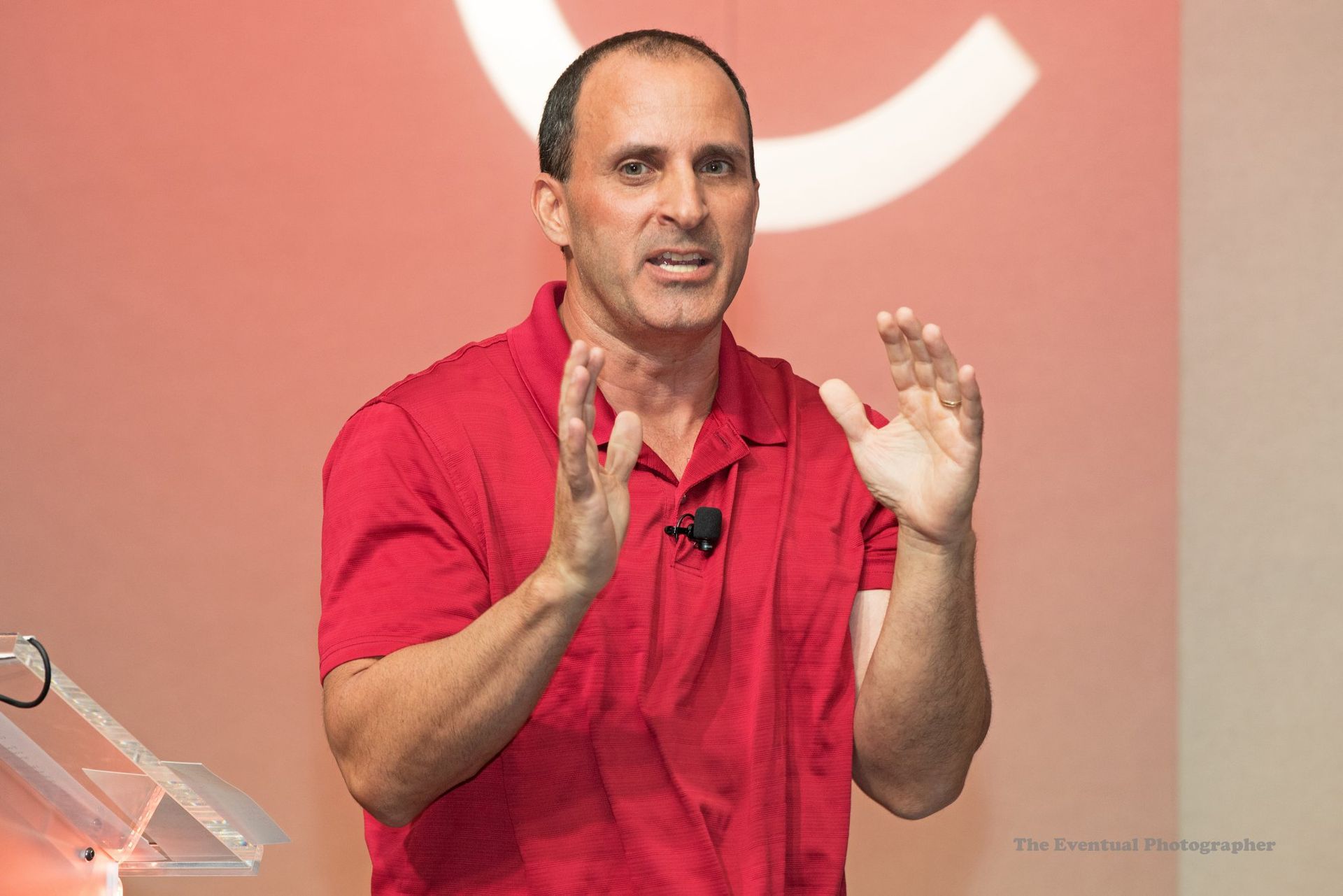Take a look at Google Stackdriver, and you'll discover a multi-cloud management platform for Amazon Web Services (AWS) and Google Cloud Platform. In some ways it's the latest example of where traditional RMM (remote monitoring and management) software platforms should be heading. Faster.
Take a look at this video, which explains why Google acquired Stackdriver -- and what the monitoring and management platform does for customers:
Video linkDevice Monitoring vs Cloud Services Monitoring
Now, compare that video to the overall RMM software market. Generally speaking, MSPs have used RMM to monitor and manage notebooks, PCs and servers for more than a decade. In some ways it's a mature market -- like the PC industry itself. In other ways, it's still an emerging market because thousands of VARs continue to push into managed services each month.
Of course, RMM software companies live by the laws of supply and demand. Two examples:
- MSPs have been demanding more Linux and Mac OS support. And that explains why LogicNow, for one, recently acquired the Mac-MSP management platform.
- As Office 365 takes off, most RMM software providers now offer management tools for Microsoft's SaaS platform. The latest example is ConnectWise Cloud Console, which CEO Arnie Bellini described in this podcast.
Again, it's all about supply and demand. Small businesses need millions of Windows, Mac OS and Linux systems managed. And now they need Office 365 managed. RMM providers are empowering MSPs to do so. That's smart.
But is that enough?
"Traditional" MSPs Fall Behind
During recent channel-focused conferences, I've been surprised to hear so little about IaaS and PaaS monetization opportunities. Frankly, that's dangerous because a new generation of MSPs has been grabbing the opportunity -- and cashing in.
Amazon now has dozens of MSP partners that manage AWS workloads for customers. Savvy partners like Apps Associates migrate database customers from on-premises servers to the Amazon Aurora system. Microsoft Channel Chief Phil Sorgen is calling on partners to make similar database migrations into the Azure cloud.
Some MSP industry veterans have seen the light. A prime example: G2 Technology Group, a Continuum and LogicMonitor partner, continues to offer traditional monitoring services. But the company's true bread-and-butter involves managed DevOps services for SaaS customers.
My reaction? I think of G2 as a comfortable mattress tucked between the IaaS and SaaS layer. The company essentially eliminates customer pain, ensuring smooth, continuous SaaS development remains ongoing -- with little to no pain from the underlying IaaS infrastructure.
RMM for Cross-Platform Cloud Services
Yes, a growing number of RMM products offer some form of monitoring for cloud workloads. But I don't hear enough about the IaaS and PaaS monetization opportunities. And I don't see enough veteran MSPs like G2 capitalizing on the opportunities.
Everyone seems infatuated with Office 365 management... Or worse: Office 365 SKU reselling. Of course you should grab revenue in that market. But don't stop there. IaaS and PaaS management await.
Google Stackdriver is a sign of things to come. In fact, it's already here... As are at least 50 other emerging cloud management and monitoring platforms.
No doubt, RMM software companies are formulating their own responses. ConnectWise, for instance, plans to extend CloudConsole with Microsoft Azure capabilities. RMM rivals should follow suit. I look forward to hearing more.




